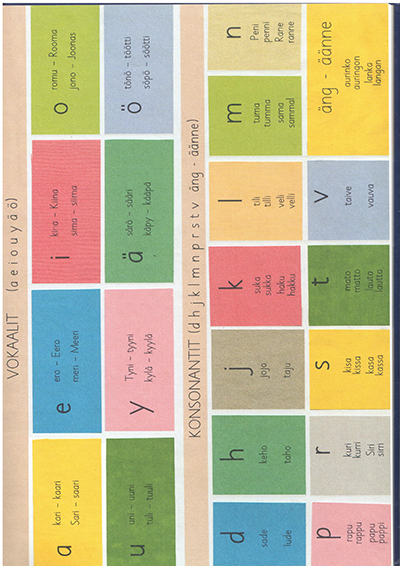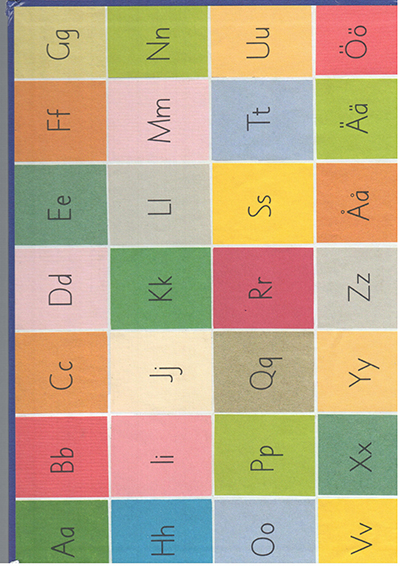| Sorted by date | |||
page208from Building Ideas
with
pockets of alternative architecture, which, to make a revolutionary impact,
would have to infiltrate the existing constraints.38
In Britain in the 1980s this approach
gained a strong following under the banner of “community architecture”, and
with the sponsorship of the Prince of Wales. One of the best known and most
successful examples of this is the Byker Wall housing in Newcastle, where an
existing community was transplanted into a range of individually tailored
house-types. Its architect, Ralph Erskine, part of the post-war Team X group,
is still pursuing these methods in his later work alongside his other,
ecological, concerns. The ongoing project for the Mllenium Village at Greenwich
in London, will perhaps be Erskine’s last attempt to transform the provision of
housing.
On
the wider scale in architectural theory, a range of other “revolutionary”
agendas have also come into prominence in the last ten years or so. In
particular, the environmental movement, under the slogan of “green architecture”,
has again challenged the traditional priorities of capitalism with a new
emphasis on ecological concerns. In a similar sense, a change of consciousness
has also been sought on another level, in the emerging influence of feminist
theory and the concept of “gendered spae”. A further parallel exists here with
the agenda of previous political projects, in terms of a return of repressed
forces which are now beginning to find a voice.
Quite
how much architectural design can achieve by way of change – particularly with
its emphasis on form as opposed to social context – throws up a whole series of
questions concerning other interrelationships, which many philosophers have
already suggested in their thinking. As Mary McLeod has pointed out in
controversial essay on this subject, it is the coincidence of many forces that
must be manipulated to achieve an effect:
|
|||
|
|||
|
|
 ... ...
... ... ... ...
... ... ... ...
... ... ... ...
... ... ... ...
... ... ... ...
... ... ... ...
... ... ... ...
... ... ... ...
... ... ... ...
... ... ... ...
... ... ... ...
... ... ... ...
... ... ... ...
... ... ... ...
... ...